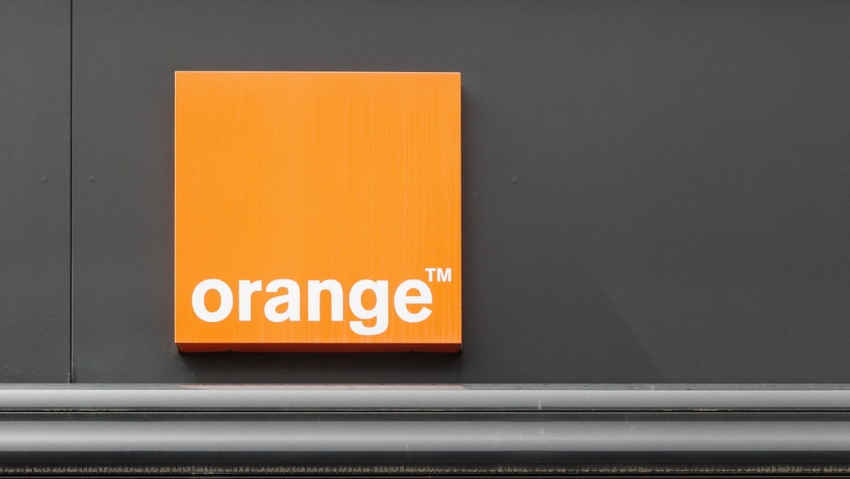Orange launches 400G service with Infinera on new subsea cable
Using Infinera's ICE6 service, Orange will now be able to provide customers with up to 400G services via the long-haul terrestrial backhaul network on the AMITIE subsea cable.

Orange has souped up capacity on its new AMITIE subsea cable by tapping optical networking company Infinera's ICE6 coherent service. An embedded coherent optical technology, the Infinite Capacity Engine (ICE6) is designed for submarine cable use cases.
Among the main drivers of increased demand for optical connectivity are a transition to 400G, the digital economy, cloud services and 5G, according to a recent report by Omdia analysts Lisa Hugg, Timothy Munks and Ian Redpath. Omdia is a sister company of Light Reading.
With the ICE6 deployment, Orange will now be able to provide customers with up to 400G services via the long-haul terrestrial backhaul network.
Deploying the ICE6 service also supports Orange's goal "to be a major player in the global wholesale market," said Aurélien Vigano, VP of International Transmission Network for Orange, in a statement.
Leveraging fiber assets
Infinera SVP Rob Shore said the ICE6 service addresses three main concerns for Orange: reducing the cost per bit, increasing the capacity per fiber and reducing energy consumption on the subsea cable.
"It's not just about increasing the capacity of networks, which can be done also by just lighting up incremental fibers. It's being able to leverage those fiber assets to get as much capacity as you possibly can," said Shore.
For submarine networks, capacity per cable is most important "because you can't light up another cable. You have what you have," he added.
Orange's AMITIE cable connects the US and France, from Boston to New York and Le Porge to Bordeaux in France. After four years of development, Orange's AMITIE cable launched in October 2023 at a length of 6,800 km with 16 fiber pairs and a maximum capacity of 400 Tbit/s.
The North America/Europe route is among the densest for connectivity demands, using 571 Tbit/s of international bandwidth, according to TeleGeography's Transport Networks - Transatlantic 2023. This route is also twice as busy as its transpacific counterpart and second busiest globally.
About the Author(s)
You May Also Like











